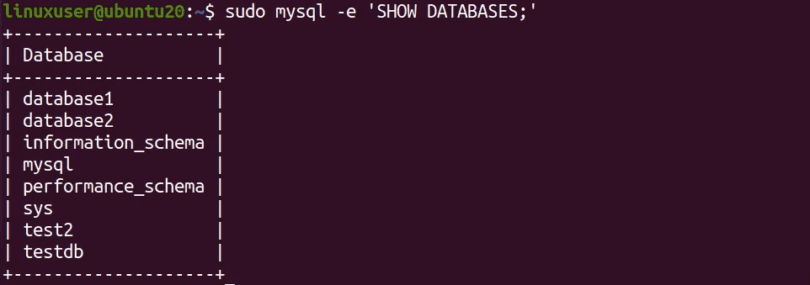
Replica lag is the difference in time between the latest transaction on The settings in the DB cluster parameter group are used for all of theįor information about parameter groups, see Working with parameter groups. In a Multi-AZ DB cluster, a DB parameter group is set to the default DB parameter groupįor the DB engine and DB engine version. In a Multi-AZ DB cluster, a DB cluster parameter group acts as a container for engineĬonfiguration values that are applied to every DB instance in the Multi-AZ DB cluster. Working with parameter groups for Multi-AZ DB clusters The following diagram shows a Multi-AZ DB cluster. Reader DB instance has the most recent change record. RDS manages failover to one of the reader DB instances. If an outage occurs on your writer DB instance, Reader DB instances act as automatic failover targets and also serve read traffic to Require acknowledgment that events have been fully executed and committed on Multi-AZ DB cluster deployments use semisynchronous replication, which requires acknowledgment fromĪt least one reader DB instance in order for a change to be committed. Made on the writer DB instance, it's sent to each reader DB instance. Instances using the DB engine's native replication capabilities. With a Multi-AZ DB cluster, Amazon RDS replicates data from the writer DB instance to both of the reader DB Instance classes, see the DB instance class row in Settings for creating Multi-AZ DB clusters.įor more information about DB instance classes, see DB instance classes. Multi-AZ DB cluster deployments are supported for a subset of DB instance classes. For more information on version and RegionĪvailability of Amazon RDS with Multi-AZ DB clusters, see Multi-AZ DB clusters. For information about Aurora DBįeature availability and support varies across specific versions of each database engine,Īnd across AWS Regions.

Multi-AZ DB clusters aren't the same as Aurora DB clusters.


 0 kommentar(er)
0 kommentar(er)
